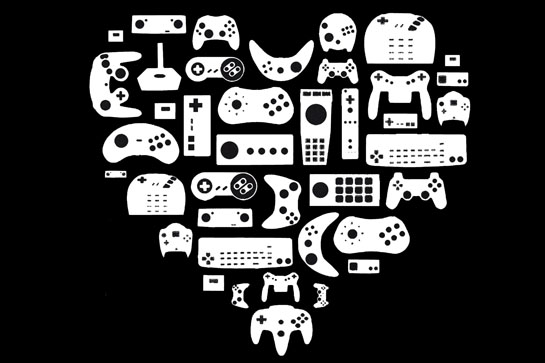In the reading I found myself reflecting on the saying of how we live in the “Data Age” which is terrifyingly true. The abstraction of data, the way we use, and manipulate for design purposes is one way to think about the data. There is so much random and accumulating data out there that theres…
Category: Reading Assignments
NeMe: Trouble at the Interface 2.0 Response
In reading NeMe: Trouble at the Interface by Erkki Huhtamo, it resembled the article Digital Media and Contemporary Art in that both wrote about pieces they have seen and the connection they see between contemporary art and technology. NeMe: Trouble at the Interface, though, was a bit more difficult to understand because the authors points…
Trouble at the Interface 2.0
While reading Erkki Huhtamo’s paper “ Trouble at the Interface 2.0 “, I felt like I could not follow his paper properly. The author was going off about reasons why interactive art should have a specific definition rather than a broad one. However, he was making too many points at once and including many different…
Digital Media and Contemporary Art
Games have a place in contemporary art. Contemporary art is art developed after the 1960’s and is still emerging. It is seen as art that defies traditional boundaries. Therefore, games can very well be under contemporary art seeing as there is a growing population of them and they continue to emerge. Today, many people are…
In response to NeMe’s Trouble at the Interface 2.0
In response to NeMe’s Trouble at the Interface 2.0 I did not take much away from the text due to its dense and more academic nature. Also because Huhtamo writes in this manner it makes it more difficult to follow although his statements about the connection between the Art, Artist and Viewer makes sense. He…
NeMe: Trouble at the Interface 2.0
Interactive art has always been something that has caught my attention because of the power the user has on the medium. While reading the article I felt like the author just filled it to the brim with lots of information but it was personally pretty difficult to find any big meaning of the text relating…
Response to NeMe: Trouble at the Interface 2.0
To start off I would like to say that the paper NeMe: Trouble at the Interface 2.0 by Erkki Huhtamo is highly technical and dry, with a lot of good references and their explanations, but not a lot of iteration on the actual substance of interactive art. I would agree more with the paper if it presented…
Games in Contemporary Art by Daniel Mota
Contemporary artists often try to make their work stand out in ways other pieces usually don’t; for example, interactivity is a pretty common element that artists use to elevate their work. Interactive pieces have the advantage of being more engaging and, therefore, more memorable. Sensory interactivity can be effective especially in art that targets touch,…
Contemporary art and Games – by Kavya
Games have a place in Contemporary art essentially because the use of design and purpose make it an art form in the modern world. The term Contemporary means occurring in the present,which is exactly what games do. In universities due to the growing gaming industry it has become a major so people can study it…

Video Games in Contemporary Art: How Does Digital Media Effect My Life by Dustin Drenk
Question 1: What Place is there for Games in Contemporary Art? Contemporary art is so vast today and is both fluid and static. With the use of digital tools such as computers, the internet and software along with the ever evolving mobility of of the use of these tools in any arena of life, almost…
Introduction post
Exoskin by Basheer Tome and Hiroshi Ishii is a project that utilizes programmed material to create a more tactile form that can react to its environment through texture changes. This project corresponds with principle 4 and 6; engage and evolve. In connection to principle 4 the product rely on interaction to provide feedback. In terms…
Blog 1- Lissette Garcia
The six principles of Slow Design can be applied to many aspects of life. Through revelation, expansion, reflection, engagement, participation, and evolution, we can not only design art/pieces, but live a more bountiful life. In “House X on Behance” designed by Matas Miliauskas, the house has a modern appearance on the inside and outside. One…